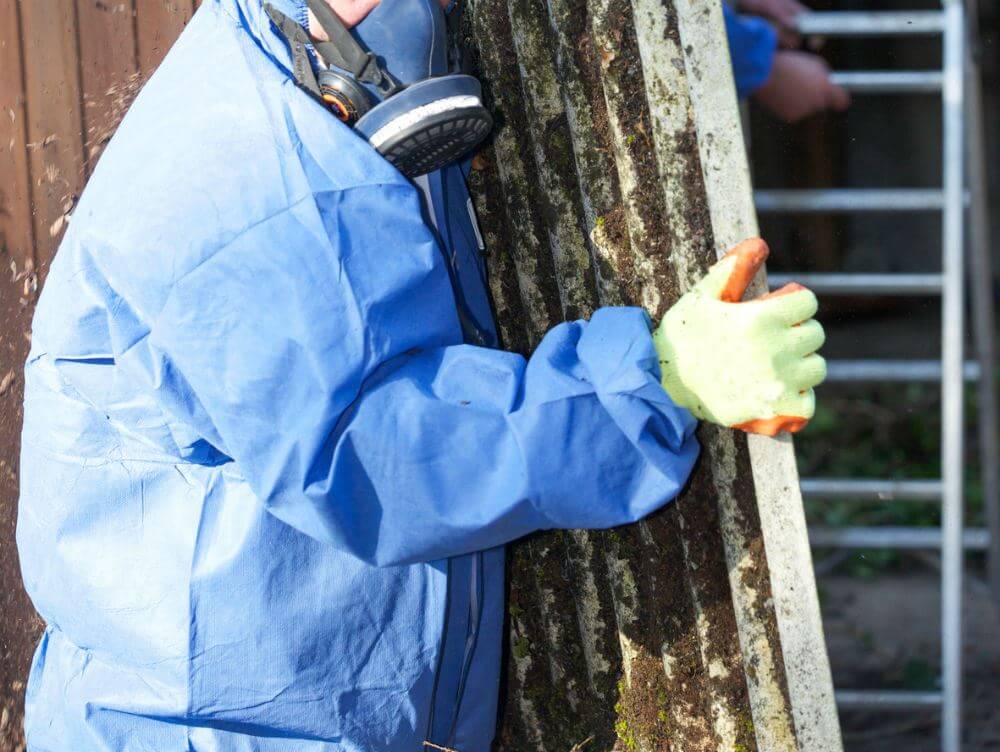There are a lot of jobs that expose workers to dust fumes. This is especially common in industries such as construction and manufacturing. But there are plenty of other areas in which employees should be cautious.
Exposure to dust fumes can cause all sorts of health problems so it is vital that correct PPE is worn at all times. If you’re beginning a new job and are wondering what piece of PPE can be worn for dust fumes, you’re in the right place.
More often than not, a dust mask is the best piece of PPE for dust fumes. It will protect against airborne particles in all forms; solid, liquid and gas. FFP1, FFP2 and FFP3 respirators are ideal also. It’s important to choose the correct one according to how much exposure you expect to receive.
FFP3 respirators are designed for the heaviest exposure. These masks are ideal for people who will be exposed to dust but are also a wise choice for environments where mould may be present.
Dust Masks And Respirators – Making The Right Choice
Wearing a dust mask or respirator in a hazardous environment is a must. In fact, in the United Kingdom, employers are expected to provide staff with suitable PPE in these kinds of environments. If yours does not, this is something you should raise with them immediately.
Of course, in domestic situations, you are responsible for your own protection. Reading this guide will give you a good idea of what you’ll need to choose.
FFP1 vs FFP2 vs FFP3
When looking at dust masks, you’ll often be confronted with several numbers. This can be confusing, but the system is simple. Each type of mask offers the user a different level of protection. According to European Standards, each of these masks meets the requirements for dust protection but at varying levels.
FFP1 masks are capable of filtering out up to 80% of airborne particles. They are not suitable for toxic dust or fumes. Most commonly, you would use these masks for things like cement, brick dust, plaster and other non toxic materials.
FFP2 masks afford you a little higher protection, filtering out up to 94% of airborne particles. You might use these when exposed to things like brake dust, lead, hay and mists from hazardous materials.
FFP3 masks provide the user with the highest level of protection and should be worn when exposed to highly toxic situations. You would wear these masks around asbestos and viruses since they give you 99% protection.
Different Types Of Dust Mask
As well as understanding the difference between the level of protection you need for dust fumes, it’s also important to know about the different types of masks.
-
- Many people think that surgical masks are a good choice. This is not the case. These masks are designed to protect other people from bacteria that comes from the wearer. They do not stop dust particles or fumes from getting in.
- Respirators are the best choice for most situations. They are designed to stop particles and harmful fumes from entering. There are disposable respirators which are ideal for toxic materials such as asbestos.
Ensuring A Good Fit
According to the HSE, there is little to no point in wearing an ill fitting dust mask. There are different masks to suit different face shapes and sizes. Before settling on a mask, be sure to have a face fit test.
Moreover, do keep in mind that facial hair or stubble can affect the fit of the mask. In this instance, you would need to opt for a full hood to get the required protection from the fumes.
Other PPE For Dust Fumes
While masks and respirators are the most important thing to think about when it comes to PPE for dust fumes, you may consider other items.
If the dust fumes are harmful then you may wish to protect your skin. Wearing long gloves and appropriate footwear will prevent particles from getting in. Moreover, wearing overalls with tight cuffs and foot holes will protect your clothing from becoming contaminated with the fumes and particles.
What Are The Hazards Of Dust Fume Exposure?
It’s obvious to anyone that breathing in particles, whether that be dust, gases or anything else, isn’t good for you. But most people only associate serious risks with hazardous materials like asbestos. But dust fumes from a variety of things can cause some very disturbing health problems.
Occupational asthma is not uncommon especially in jobs where solder fumes are inhaled regularly. Any sort of irritation to the respiratory system can be expected and where hazardous dusts are concerned, there are associated risks with cancer.
COPD is common in people who are exposed to the dust fumes from welding owing to the presence of things like cadmium and nickel.
By wearing the right PPE, you are at a far lower risk of developing any health problems. However, there is always a minor risk even when using PPE. For this reason, it pays to be extra careful.
Conclusion
When working with anything that may give off dust fumes, it is vital that you wear the right PPE. This could involve coveralls to protect clothing but the most important thing is to protect your lungs. This can easily be achieved through the use of a dust mask or respirator.
There are standards in place that are there to protect you. These standards state that only FFP1, FFP2 and FFP3 masks are suitable for dust exposure. Things like surgical masks do NOT offer the right level of protection.
